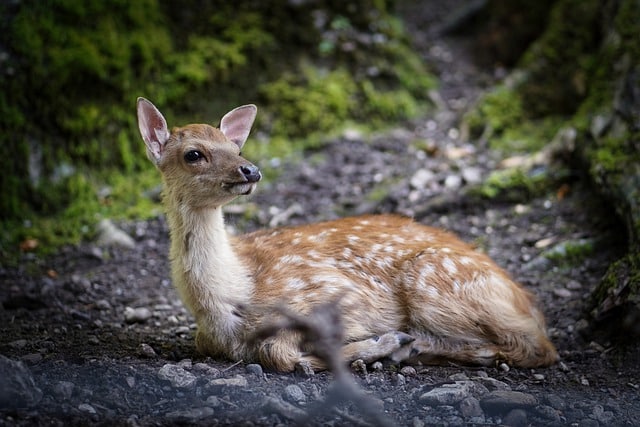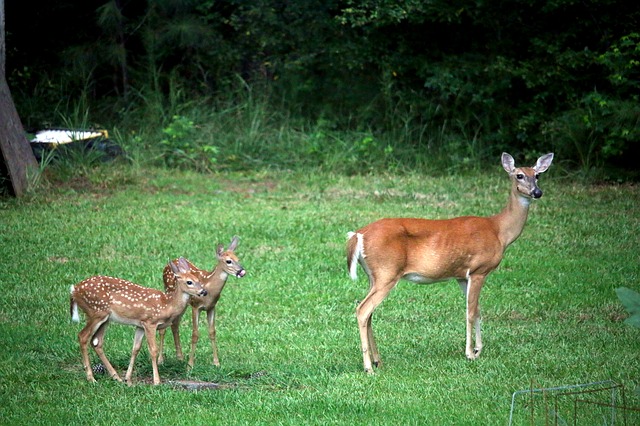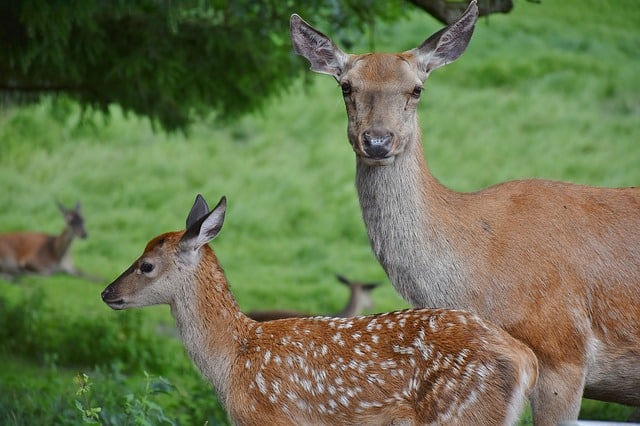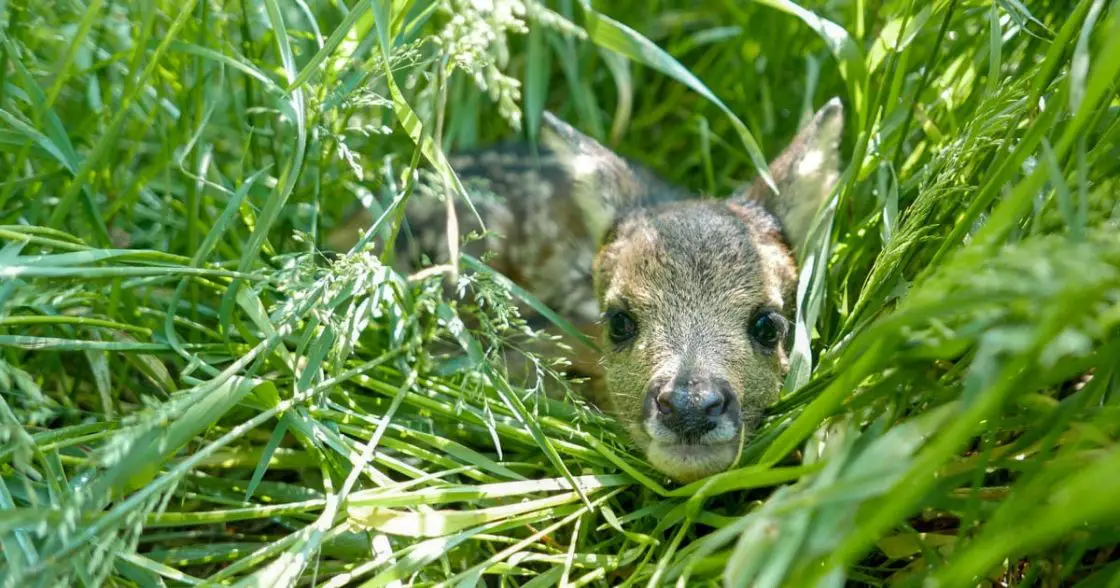After a mother deer gives birth, she will do everything in her power to protect the fawn from predators. However, recent studies have shown that mother deer cannot distinguish the sound of their fawn’s cry. So then, how do mother deer find their fawn?
Generally, a mother deer will be able to recall where she had last left her hidden fawn. Many deer species will spend most of their time in the early days (until the fawn is strong enough to run from predators) apart from their fawn, concealing it in a hiding place and returning only to nurse it.
If a fawn leaves its cover and strays off, they are innately trained to go back to the last place they were with their mother and wait there.
Fawns Do Not Have a Distinct Noise
A mother deer cannot distinguish the cry of her fawn. While each adult female has their own distinct sound or cry, this characteristic is not yet developed in a newborn fawn.

However, this is not negligence on the mother’s part.
Fawns can distinguish the sound of their mother’s cry since it is unique to them. A mother deer can distinguish the cry of a baby fawn, but will not be certain whether it is their own fawn or not.
Within the same day of birth, the fawn will already be able to stand and walk. A doe will give birth away from the herd, lick the fawn clean, and even consume the after birth (placenta) to mask the smell from lurking predators.
Offspring will then stay hidden until they are fully ready to rejoin the herd.
Different Ways Mother Deer Find Their Fawn
Deer are able to communicate in three different ways:
- Through vocal cues and communication
- Body language
- Chemical communication, or their sense of smell
Generally, a mother deer will remember the last place she hid her fawn while she goes off to find food. A mother deer can find her fawn using one of the three methods of communication.

In some cases, they will change the hiding spot of their offspring which causes some of the difficulties in finding their young.
Maternal Calls
Just like how the animals have mating calls, deer also have maternal calls. Female deer have distinct calls which are easily identified by their fawn.
In some cases, when they know it is safe, the mother deer will let out her maternal call to signal her fawn to come towards her. This is often used when it is time for them to move to the next place.
Chemical Calls (or Scent)
Mother deer will use their sense of smell to seek out their young. Newborn fawns do not have a distinct scent either, so the mother uses other methods.
Instead of searching for the scent of their young, they search for their own scent. The mother’s scent was also left in the hiding place where their fawn reside.
Body Language
Human parents can often recognize their child from a distance by how they move.
Similarly, mother deer can distinguish their young from other fawns by the way their offspring moves. Certain habits and positions will give it away.
So, How Does a Mother Deer Find Her Fawn?
Female deer give birth in isolated areas, so finding their fawn is not much of a problem if there are no other known fawns in the area.

The three common methods for finding their fawn outlined in this article are how mother deer can find their fawn.
These are, generally, a last resort … sort of like forgetting where you parked and turning on your car alarm from your key fob. Like a deer, most of the time you’ll remember where you parked and just go there.
All in all, motherhood is a universal language. Regardless of whether or not young fawns have a distinct smell or sound, there’s nothing stopping a mother deer from making her way back to her offspring, and most of the time, a doe will be able to return to the exact spot in the forest they left their fawn.


